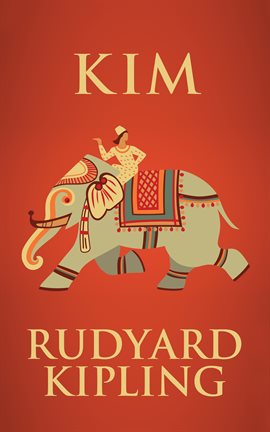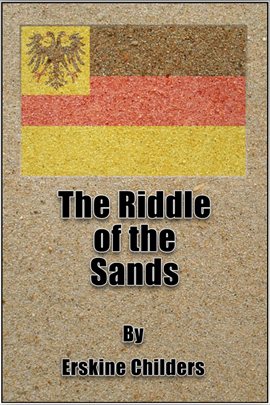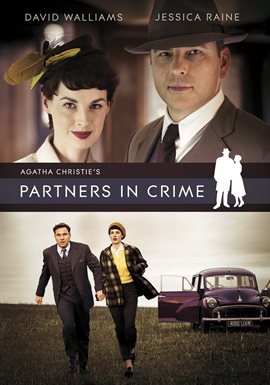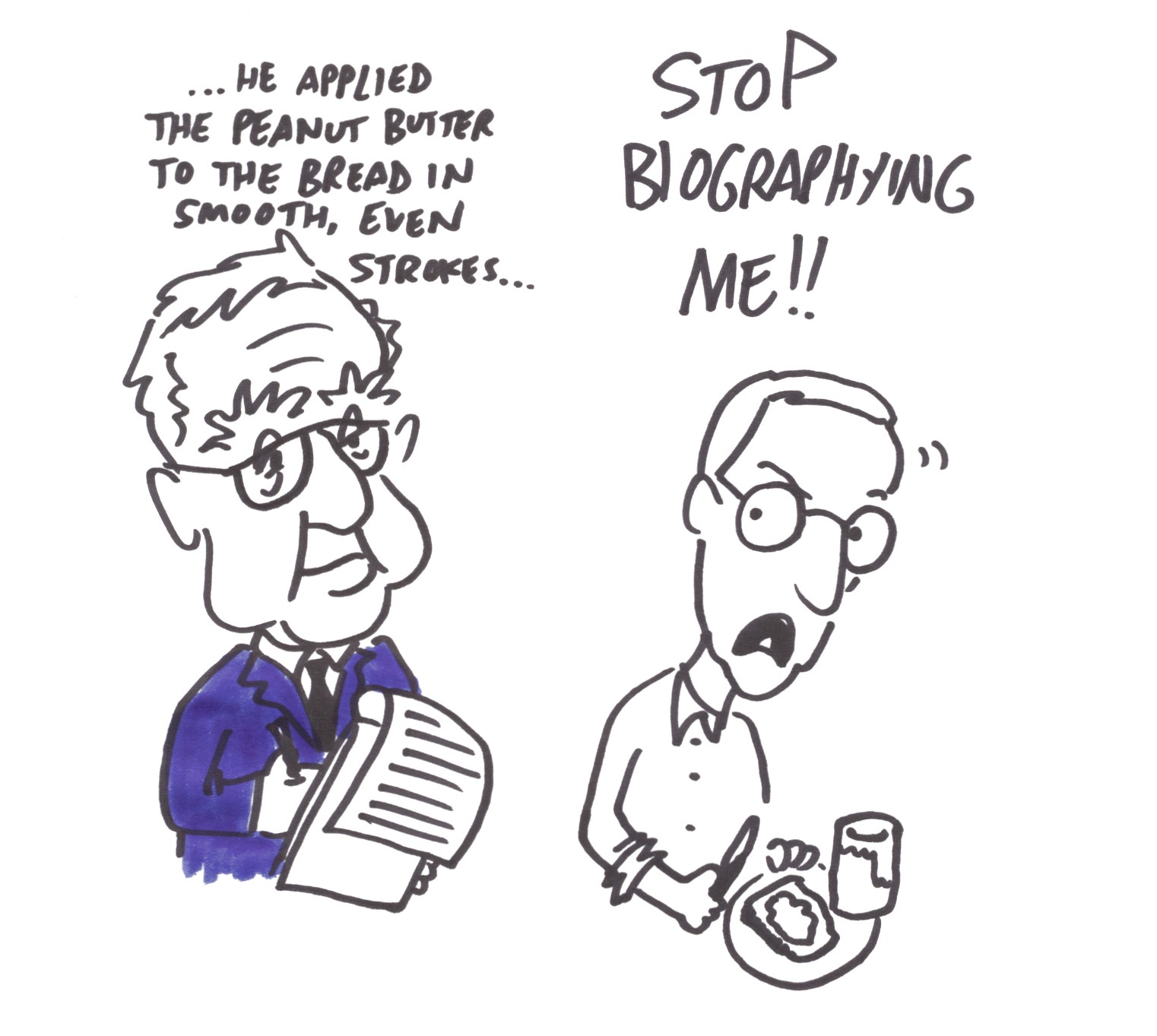A Brief History of the Spy Fiction Genre
Posted on April 24, 2018
by April S
The Emergence of the Spy Novel
Novels featuring espionage or spies emerged in the nineteenth century with “The Spy” published in 1821 by James Fenimore Cooper, which was based on the exploits of Harvey Birch, an American secret agent. “Kim” by Rudyard Kipling was initially published in McClure’s Magazine in 1900, then as a book one year later. The story is set after the Second Afghan War in the late 1890s in British controlled India with the story centering around an orphan of Irish descent who is pulled into the espionage game at a young age. Both novels are still in print over 100 years later.
“The Riddle of the Sands” by Robert Erskine Childers, published in 1903, was immensely popular in the years leading up to World War I and helped to define and influence the spy novel genre for years to come. And “The Secret Agent” by Joseph Conrad, published in 1907, was inspired by the Greenwich Bomb Outrage of 1894. While the spy fiction genre emerged in the 1800s it didn’t really take off until around the time of World War I.
During World War I, spy fiction gained popularity with the publication of the novel “The Thirty Nine Steps” in 1915 by John Buchan, which was later adapted into a movie by Alfred Hitchcock. Popular spy stories between the wars include “Ashenden: Or the British Agent,” a collection of stories written by W. Somerset Maugham and “Meet the Tiger” written by Leslie Charteris, both published in 1928. “Meet the Tiger” introduced audiences to Simon Templar, better known as the Saint, which was later adapted into a popular television series in the 1960s.
During World War II, the spy fiction genre became popular once again with the masses. “Above Suspicion” written by Helen MacInnes was published in the year 1941 and later adapted into a movie starring Joan Crawford and Fred MacMurray (side note: this is one of my favorite spy stories of all time). It’s a typical World War II spy saga involving a married couple that are asked to undertake a complicated secret mission. Ultimately, things go south as they typically do in these types of stories. While on paper it doesn’t sound like much – it’s an enjoyable read and the film is equally entertaining – brimming with intrigue and suspense. Another favorite from the same time period includes Graham Greene’s “The Ministry of Fear” published in 1943, which was also made into a movie. The film came out in 1944 and stars the legendary Ray Miland. Fritz Lang directed this quintessential film noir, which also falls under the psychological thriller and war spy film genres. The story centers around an innocent man recently released from an asylum who gets caught up in web of espionage after accidentally receiving an item meant for a Nazi spy. If you’re looking for a good classic suspense film you can’t go wrong with this one.
Read These Classic Spy Novels
 |
 |
|
 |
 |
 |
James Bond and George Smiley
You simply cannot discuss spy novels without at least mentioning the infamous James Bond who first appeared in the 1952 novel “Casino Royale” by Ian Fleming, who by the way was also a former naval intelligence officer. Fleming went on to pen twelve novels and two short story collections featuring the charismatic Bond. The popularity of the series paved the way for future spy novels, television programs and movies in the decades to follow. Ultimately, the popularity of Bond has lived on well beyond what Fleming wrote in the fifties and sixties. Notable authors who have contributed to the James Bond canon include John Gardner, Raymond Benson and most recently Anthony Horowitz with “Trigger Mortis” in 2015 and “Forever and a Day” in 2018, which is a prequel to “Casino Royale.”
True spy fiction fans will tell you that John Le Carré is one of the best spy novelists of all-time. Like Fleming, Le Carré is a former spy himself, so he knows his stuff. He created the George Smiley series in 1961 with the publication of “Call for the Dead,” but it was the third novel in the series, “The Spy Who Came in from the Cold,” that truly launched his career worldwide. Of course, you may remember “Tinker, Tailor, Soldier, Spy,” which is a fairly well-known spy novel published in 1974. It was later adapted into a television mini-series starring Alec Guinness in 1979 and then a major motion picture starring Gary Oldman and Colin Firth in 2011. Le Carré recently brought back the Smiley character in “A Legacy of Spies” published in 2017.
Read These Spy Novels Written by Real-Life Spies
 |
 |
 |
|
|
|
|
|
|
Beyond Bond and Smiley
Len Deighton is another well-known spy novelist. While several of his novels were adapted into film the most famous has to be the bestselling “Ipcress File” published in 1962. The critically acclaimed film features a British Army sergeant turned reluctant spy known as Harry Palmer – played by Michael Caine. Palmer gets caught up in a complicated plot involving Cold War brainwashing and bureaucracy. The Harry Palmer character appeared in two more films – “Funeral in Berlin” in 1966 and “Billion Dollar Brain” in 1967.
The most well-known spy novel of the 1970s is definitely “The Day of the Jackal” written by Frederick Forsyth (1971) and later adapted into a movie starring Edward Fox in 1973. The story centers around a stealthy assassin who’s identity is unknown to even those who hired him. It’s the ultimate spy thriller that will keep you on the edge of your seat until the very end. Additional notable spy novels of the 1970s include “The Defection of A. J. Lewinter” by Robert Littell (1973) and “Eye of the Needle” by Ken Follett (1978).
In 1980, we’re introduced to the spy thriller “The Bourne Identity” written by Robert Ludlum, which centers around an amnesiac with incredible survival skills. Two decades later the Bourne novels were adapted into a series of popular films starring Matt Damon. And in 1984, “The Hunt for Red October” by Tom Clancy introduced us to the Jack Ryan character. The novels are still going strong with the most recent novel “Power and Empire” appearing at the end of 2017.
In 1990, Ian McEwan brings us “The Innocent” set during the Cold War in 1950s Berlin, which delves into the surveillance tactics employed by both the British and American governments to spy on the Russians. In 1999, Vince Flynn‘s Mitch Rapp series begins with “Transfer of Power.” The Gabriel Allon series created by Daniel Silva began with “The Kill Artist” in the year 2000. It’s a long running (16 novels as of 2017) and popular spy thriller series that’s still active today. “Zero Sum” is the latest book in the John Rain series written by Barry Eisler, which centers around a skilled Japanese American assassin specializing in natural causes killings. Alex Berenson‘s John Wells series began with “The Faithful Spy” in 2006. Wells is an undercover operative who attempts to resolve complex political and terrorist threats. The latest book in the series is “The Deceivers,” which was published earlier in 2018.
With so many great spy novels – it’s no surprise the spy fiction genre has remained fairly popular for over 100 years. After all, the stories are typically action-packed, involve intricately plotted storylines and revolve around incredibly interesting characters. It should be noted that this brief history of spy novels barely scratches the surface of the ever popular genre. It leaves out quite a bit – including a number of women spies and spy novelists (look for that topic in future blog posts).
A Selection of Popular Spy Novels From the Past 50 Years
|
|
  |
|
|
 |
|
|
Spies on TV
Spies gained popularity on the small screen in the 1960s and 1970s with popular television shows like “The Avengers,” “Mission Impossible,” “The Saint” and “Get Smart” starring Don Adams and Barbara Felding. For fans of classic TV shows and parodies – you can’t go wrong with “Get Smart.” It’s one of my all-time favorite classic TV shows created by Mel Brooks. If you like snarky dialogue, hilarious antics and memorable catch phrases – you’ll love this show!
Fast forward to the 2000s and we see the emergence of shows like “Alias,” “Homeland” and the short-lived show “Spy.” The British sitcom “Spy” stars Darren Boyd and Matthew Boynton. Boyd is a single dad who inadvertently joins MI5 and of course hilarity ensues. “Spy” is definitely a binge-worthy show.
Recently, the television show “The Americans” emerged on the popular FX network with critics hailing it as one of the best shows on television. It’s set in the early 1980s during the Cold War between the United States and the Soviet Union. It stars Keri Russell, most well known for the popular television series “Felicity” (1998-2002). The show has been well received by audiences and critics alike with Entertainment Weekly referring to it as “an absorbing spy thriller.”
With so many great spy novels, TV shows and movies it’s easy to see that the spy genre will never go out of style.
Watch These Engrossing Spy TV Shows
|
|
|
||
 |
Learn More About Spy Fiction
Genre Guide: Spy Fiction – The Hub (YALSA)
Spy Story: Narrative Genre – Brittanica
James Bond, Spy Fiction and the Decline of Empire – The Guardian
Spy Fiction – Wikipedia
To Understand Britain, Read its Spy Novels – The Economist
How the End of the Cold War Changed Spy Fiction – BBC Culture
The Changing Face of Spy Fiction – The Sydney Morning Herald
Find More Spy Novels With These Great Book Lists
7 Thrilling World War II Spy Novels – Early Bird
The Top 10 Classic Spy Novels – The Guardian
Top Ten Spy Novels of All Time – Strand Magazine
13 Great Spy Novels That Aren’t Not James Bond – Culture Trip
The Best Early Spy Novels – Strand Magazine
15 Classic Spy Novels – Penguin Random House
Spy Novels by Real Spies: Anthony Burgess, John Le Carré and Others – The Seattle Times
Related Toledo Library Blog Posts
Mission Accomplished: True Stories of Great Spies and Spycraft
Learn More About Real-Life Spies
10 Fantastic Nonfiction Reads: True Stories Featuring Women Spies
15 Intriguing Spy Novels Written by Women Featuring Female Spies
Spy Fiction for Children and Teens
Books for Fans of the TV Series The Americans
Give 3 Get 3
Tell us what you’ve enjoyed reading, watching or listening to, and our librarians will give you personalized recommendations. No algorithms, cookies or data mining – just real experts in your community sharing their love of great books, music and movies with you!
We call it Give 3 Get 3. Try it today!
Did you like this blog post? Keep up to date with all of our posts by subscribing to the Library’s newsletters!
Keep your reading list updated with our book lists. Our staff love to read and they’ll give you the scoop on new tv-series inspired titles, hobbies, educational resources, pop culture, current events, and more!
Looking for more great titles? Get personalized recommendations from our librarians with this simple form.




